While staying at Calumet County Park, on Wisconsin’s Lake Winnebago, we made a trip over to visit High Cliff State Park. Besides the hiking trails and natural wonders, this park is full of oddities and history. We saw an old general store, climbed an observation tower, walked among effigy mounds, and even got to check out some ruins- I was in heaven!
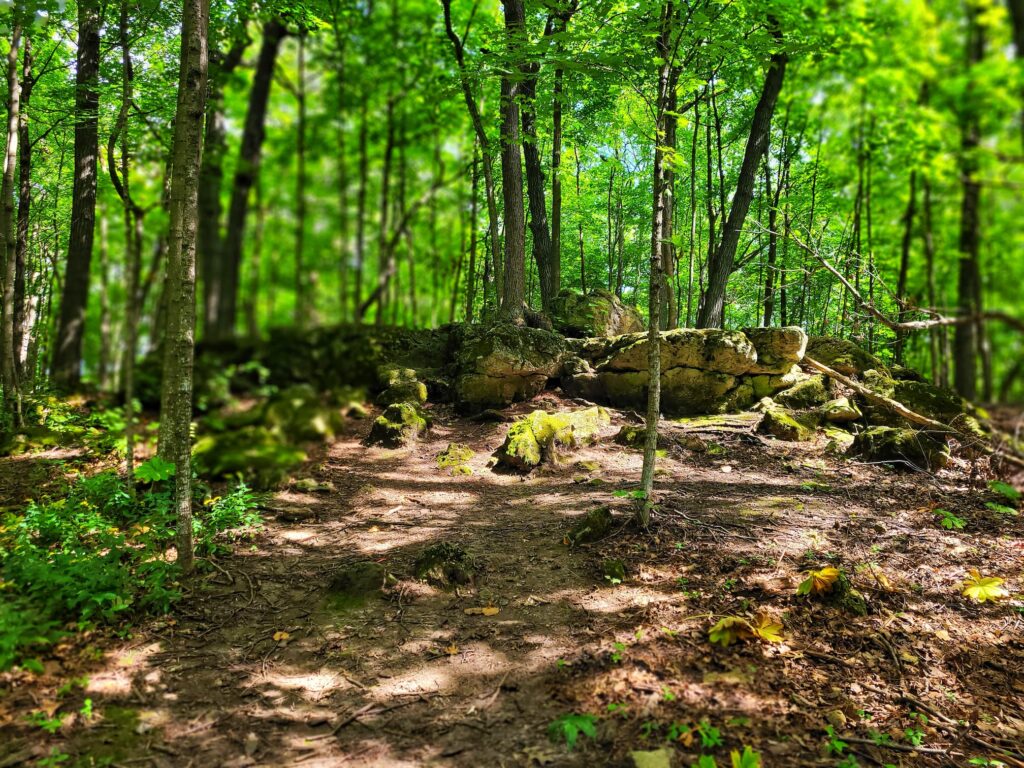
High Cliff State Park
N7630 State Park Rd.
Sherwood, WI 54169
https://dnr.wisconsin.gov/topic/parks/highcliff
High Cliff General Store
Almost as soon as we pulled into the park there was a sign that listed “museum” as one of the directional options. I didn’t even know there was a museum here, so of course I got very excited. Until we pulled up to it and it was not just closed for the day, but closed indefinitely due to structural concerns. What a bummer. It was still neat to see the building, at least, which was an old general store.

The general store (and post office, telegraph office, and business officer for the Western Lime & Cement Co.) was built in 1855 and was the hub of the town of High Cliff. High Cliff was actually first called Clifton, but then the mail kept getting confused since there was already a Clifton in Wisconsin, so they changed the name. The town was bustling in the mid-late 1800s because of the success of the limestone industry, but as the industry waned, so did the town. Today the Wisconsin DNR calls it a “lost town” and this general store and the limestone kiln ruins are all that really remain.
The state bought the land here in 1954 and originally the general store tried to stay in business selling its ware to the tourists, but was unsuccessful. In the ‘70s, the building was slated for demolition until a group of citizens started the High Cliff Historical Society and turned it into a museum. Eventually it was turned over to the Friends of High Cliff. From some Facebook digging, it looks like in fall of 2019 the museum closed temporarily for some repairs, which turned into not reopening as more issues sprung up. It is always such a bummer to see historical sites like this closing down, so hopefully the state will decide to invest some money into saving it and reopening the museum.
Observing Lake Winnebago
Our first actual planned stop was the observation tower. It wasn’t quite as tall as I was expecting, since it was built as a general observation deck and not a repurposed fire tower like a lot of lookouts, but still provided a good view of Lake Winnebago- Wisconsin’s largest inland lake.
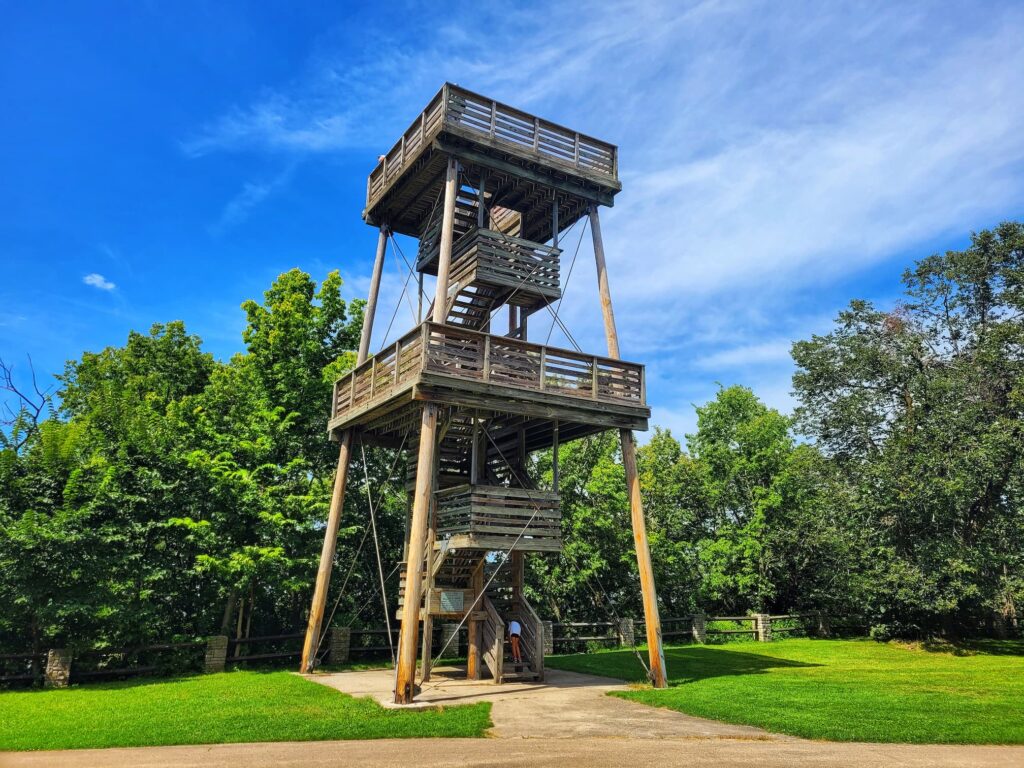
The observation tower is on the upper part of the Niagara Escarpment, also called The Ledge. I’ll be honest, I had to look up what an escarpment was when I first saw it on our campground map over at Calumet County Park. Basically, it’s a long cliff. In the case of The Ledge, like 650 miles long. It all started around 430 million years ago when this area was a warm & shallow sea. As sea creatures died, they hardened into dolostone. Then plate tectonics and volcanoes did their thing and it exposed the edges of the dolostone- aka The Ledge.
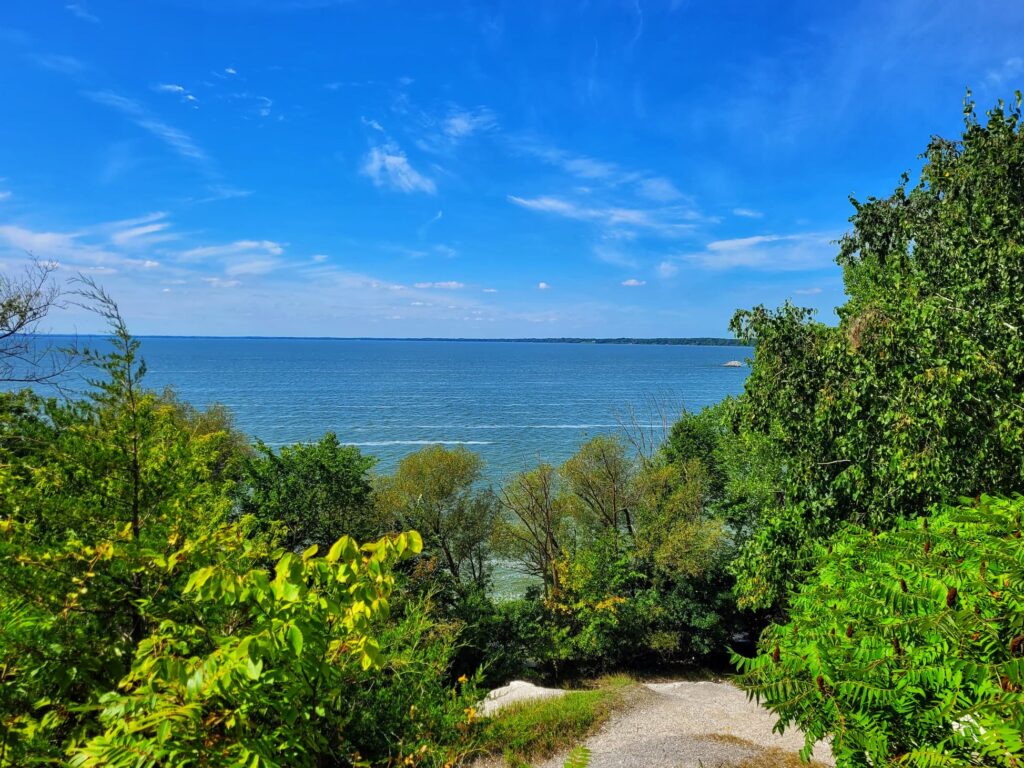
Chief Red Bird
The observation tower is across the parking lot from the Red Bird Trail and just a few steps from the statue of Chief Red Bird himself. We had just gotten done with staying in 3 parks named after Chief Blackhawk in a row and were used to seeing references to him, so it felt a little weird seeing a different Chief being honored- but we were in Winnebago country now!
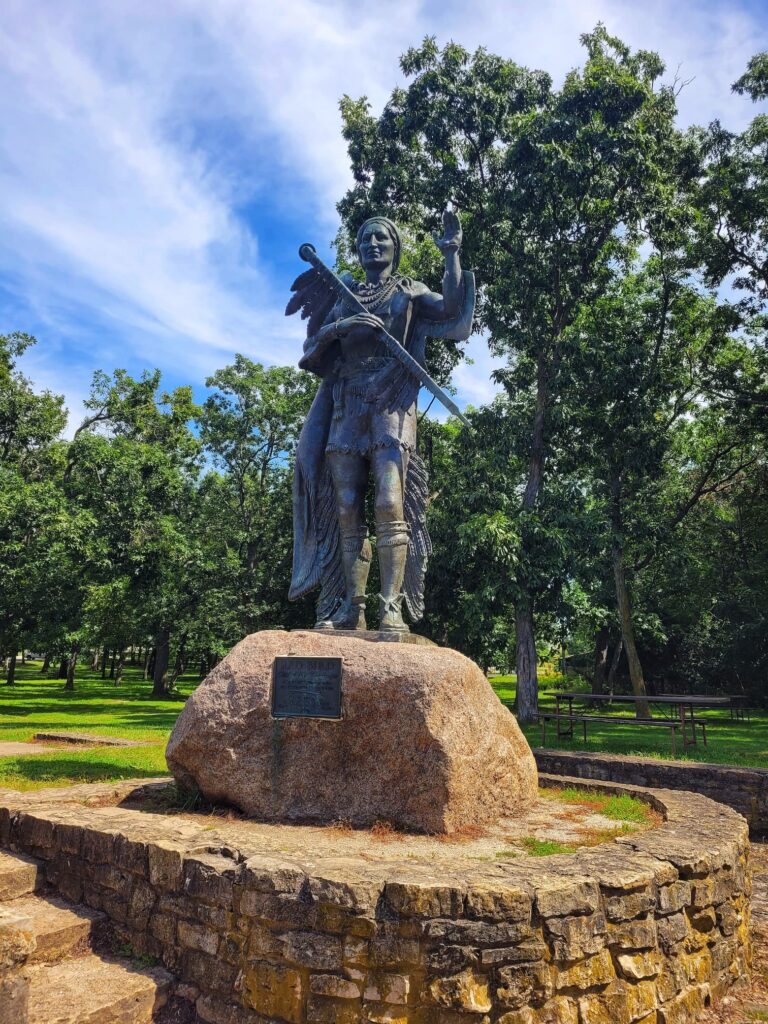
Chief Red Bird was a Ho-Chunk (aka Winnebago) chief who lived from 1788-1828.He does actually have a connection to Blackhawk- at least geographically. His last fight (and subsequent surrender) and imprisonment (and death in prison) was in Prairie du Chien, which is not far from the area we stayed that would later be pivotal in the Blackhawk War.
High Cliff Effigy Mounds
Next, we headed over to the Indian Mound Trail. At one time there were at least 30 mounds here, but after years of the quarry, lime kilns, town, etc. there are now 9 left. The effigy mounds here were built around 1000 AD- 1500 AD (according to carbon dating of remains of fires) by woodland peoples. The leading theory is that they were built by the Siouan people, who were the precursors to the Dakota, Winnebago, Menominee, and Fox.
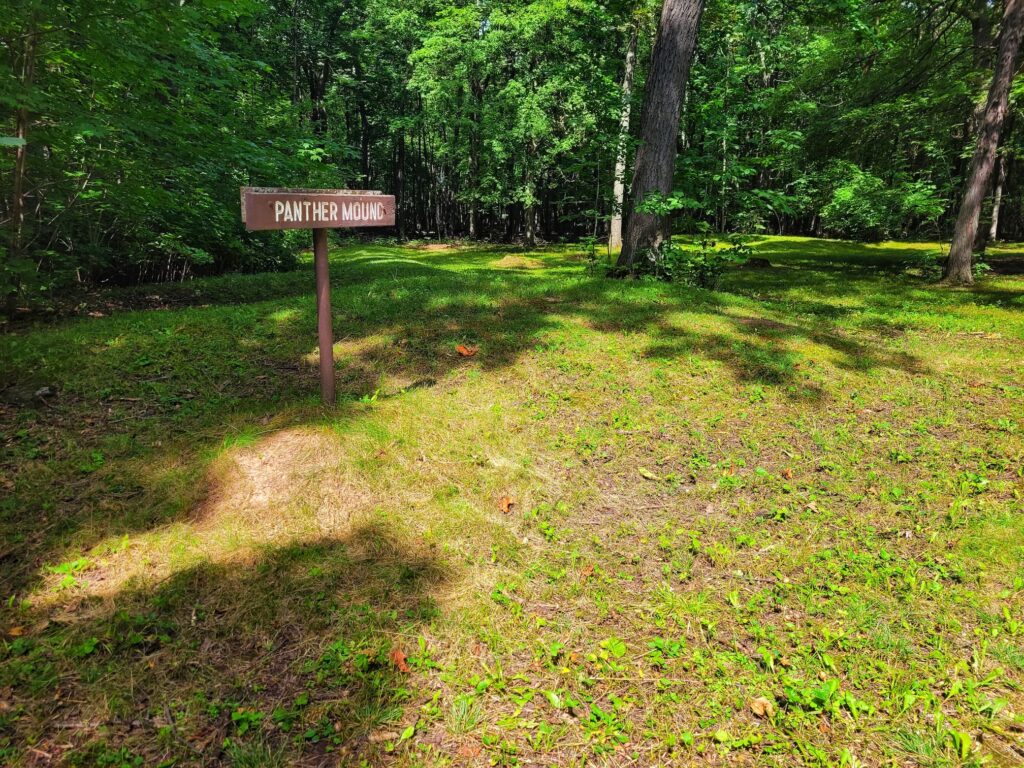
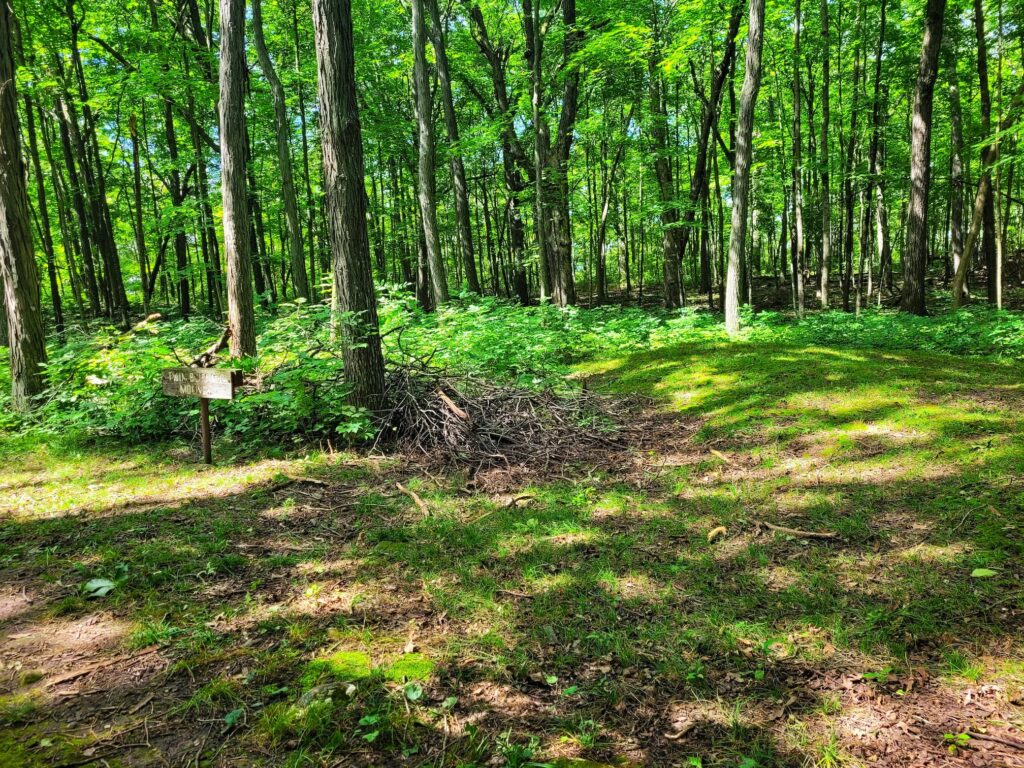
Prehistoric mounds are found throughout the country, but there is still some mystery to exactly how and why they were built- some have been found to have burial remains, others were the sites of dwellings, and others seem to be purely ceremonial. We’ve been to a handful of mound sites before (Cahokia, Wickliffe, Buffalo Rock, Dayon Bluffs, Beatie…), but are always still amazed by them. The mounds that are left here and well-preserved and you can clearly identify them. Some sights we’ve been to you have to kind of guess or squint to make them out because they’re so eroded down.
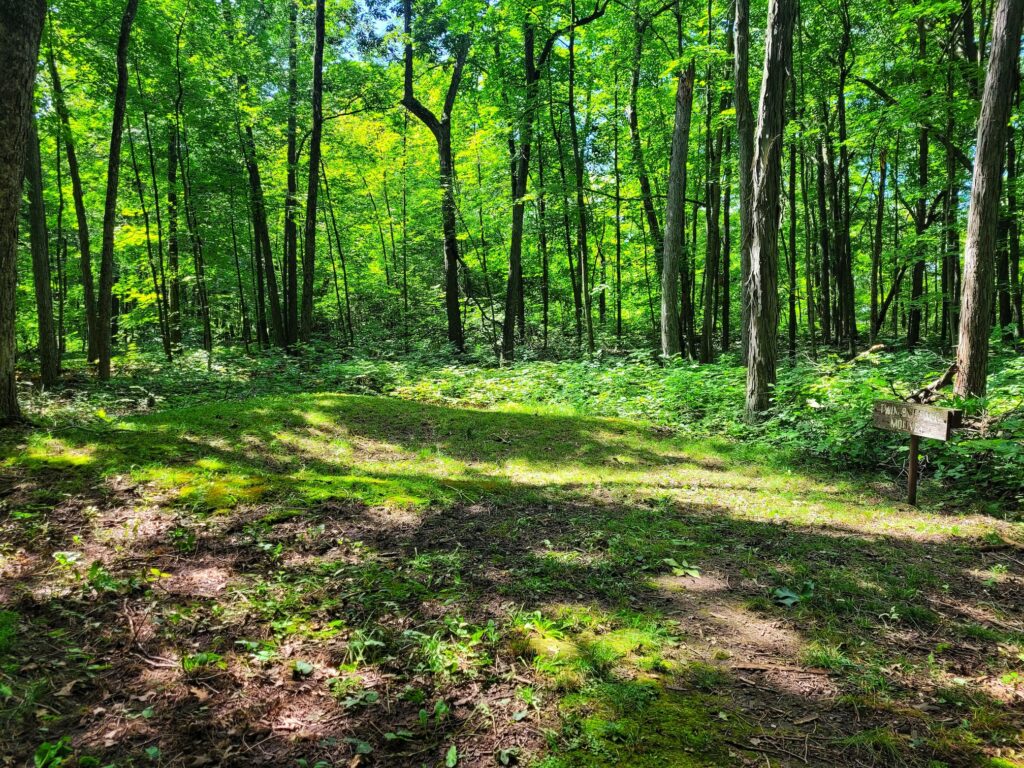
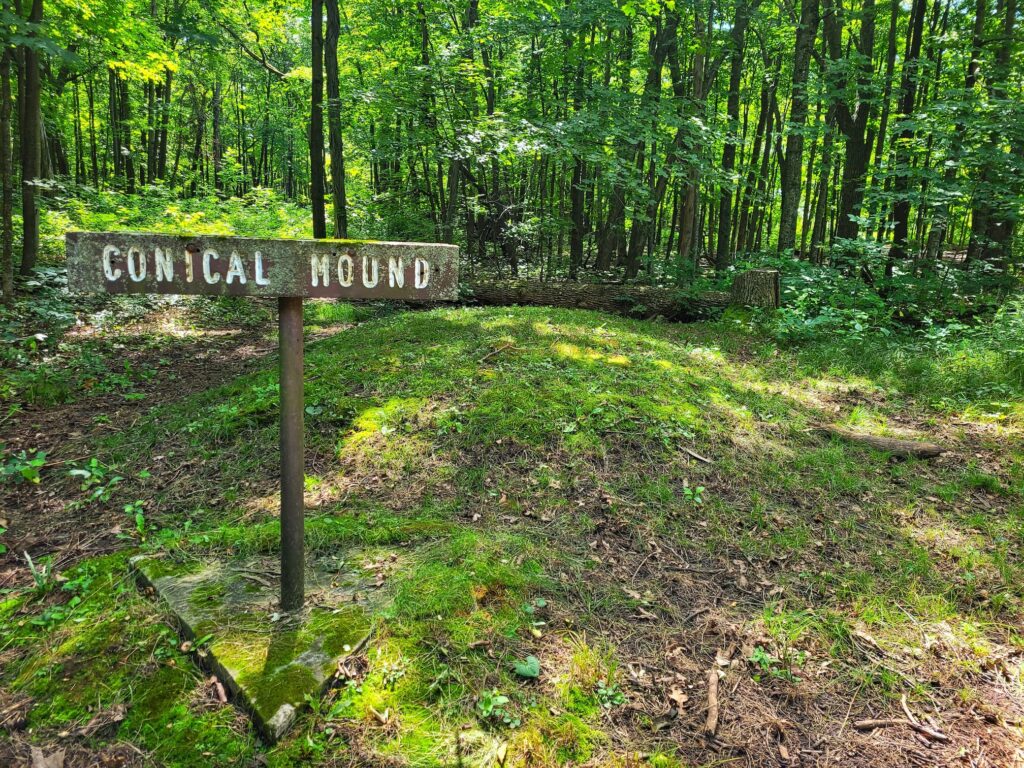
I had to do more research on the High Cliff mounds when I got home because there was conflicting information on if they were burial or ceremonial mounds. Most of the effigy mounds we’ve been to in the Midwest were ceremonial only. But alas, the research is still confusing. Lots of places online refer to them as burial mounds, but I found one Wisconsin DNR document that said no remains have been found in any of the High Cliff mounds.
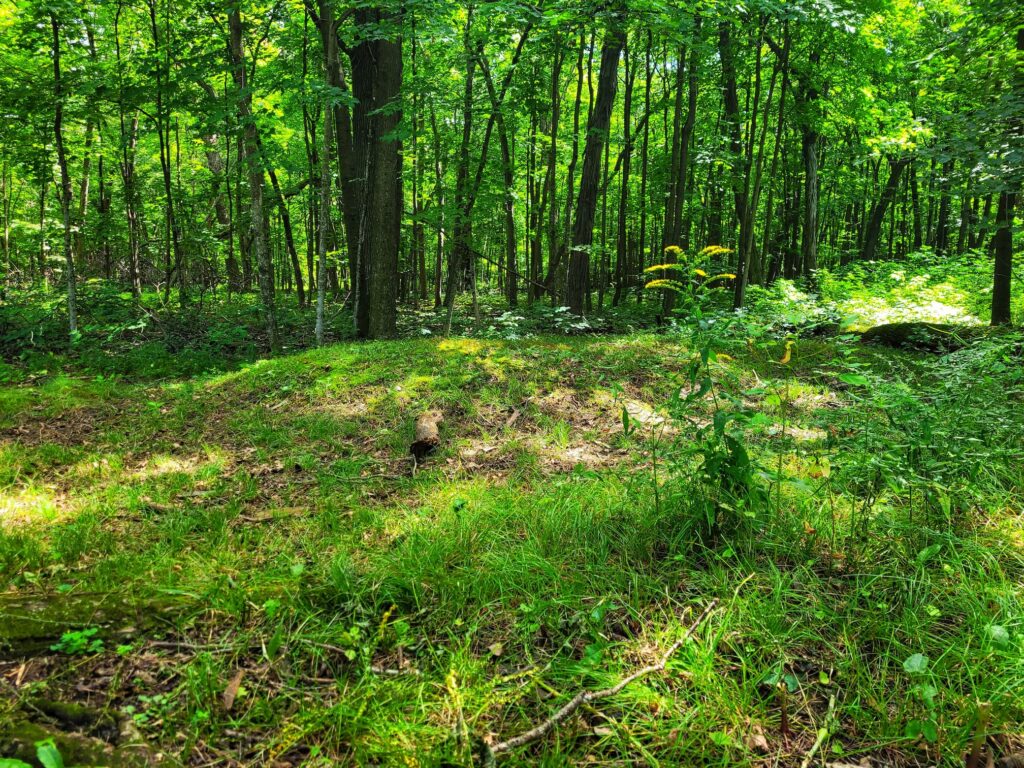
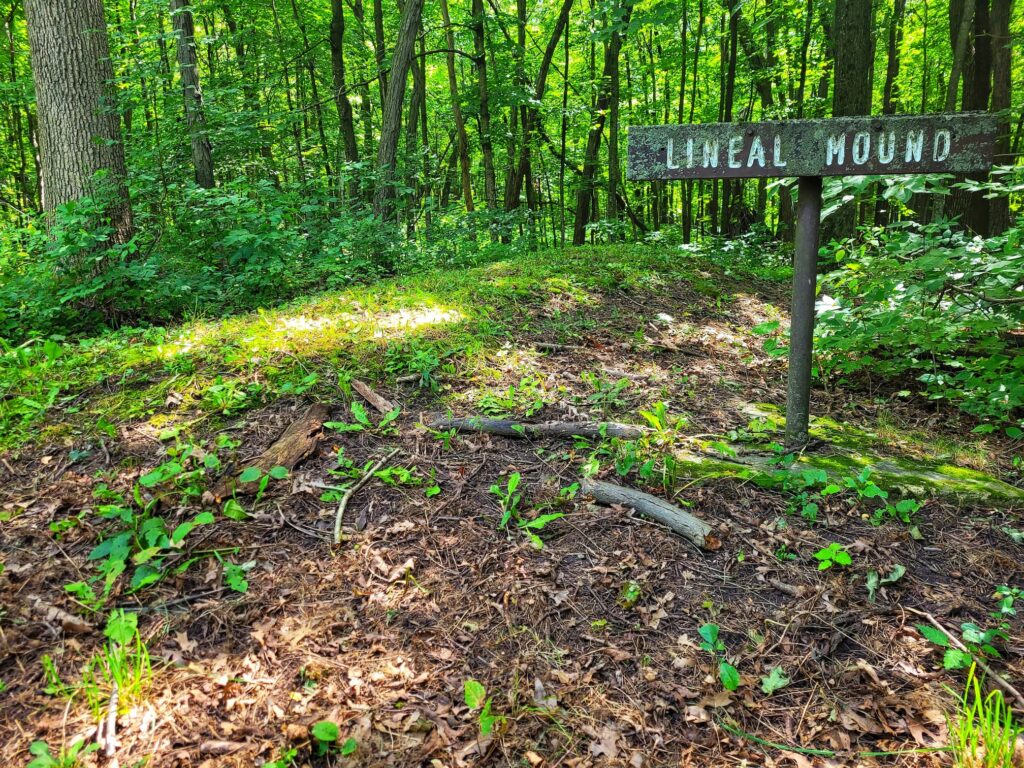
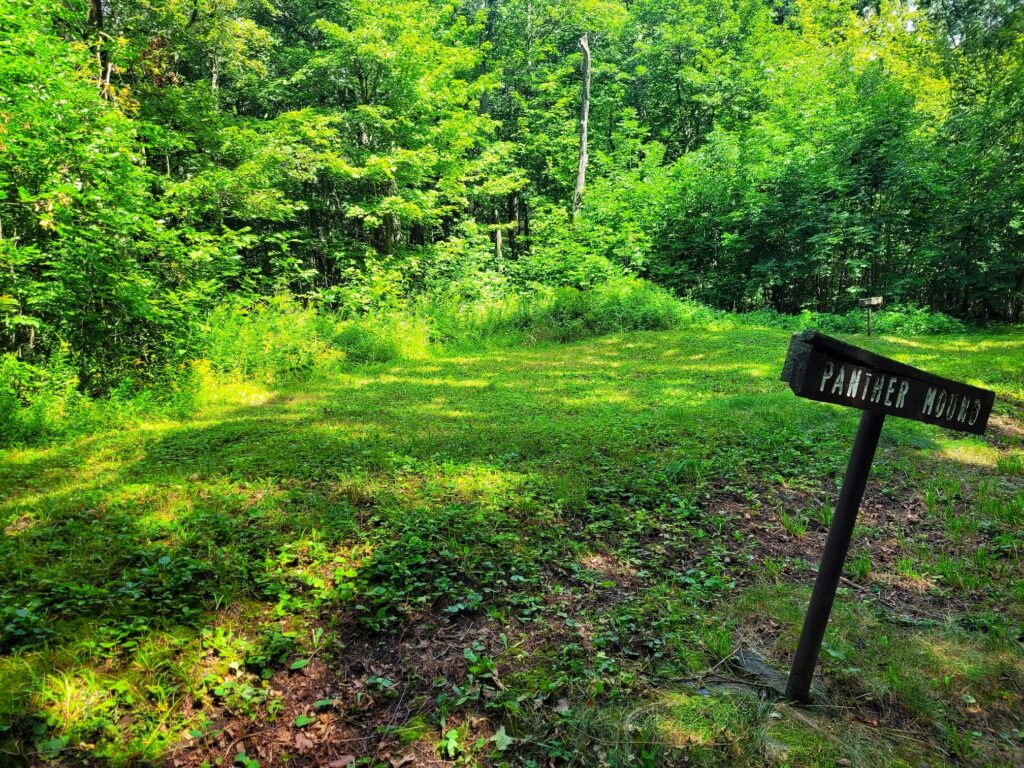
Lime Kiln Ruins
Our last stop was to see the ruins of the lime kilns. It was disappointing to roll up and see the ruins behind a fence, but we get why.
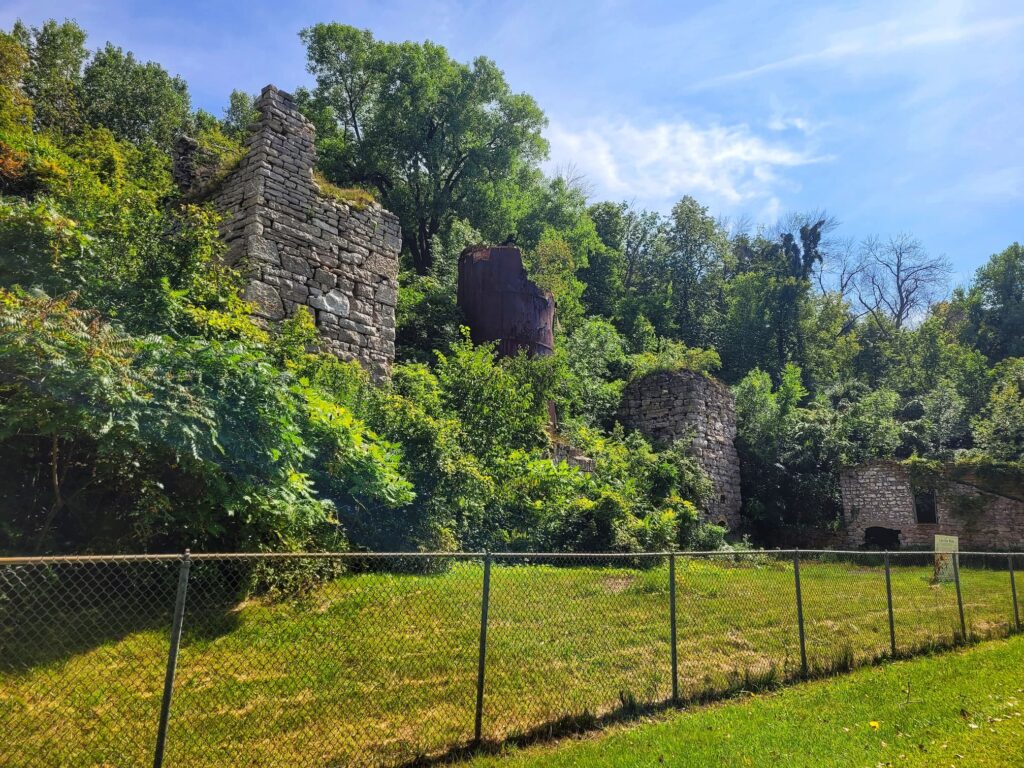
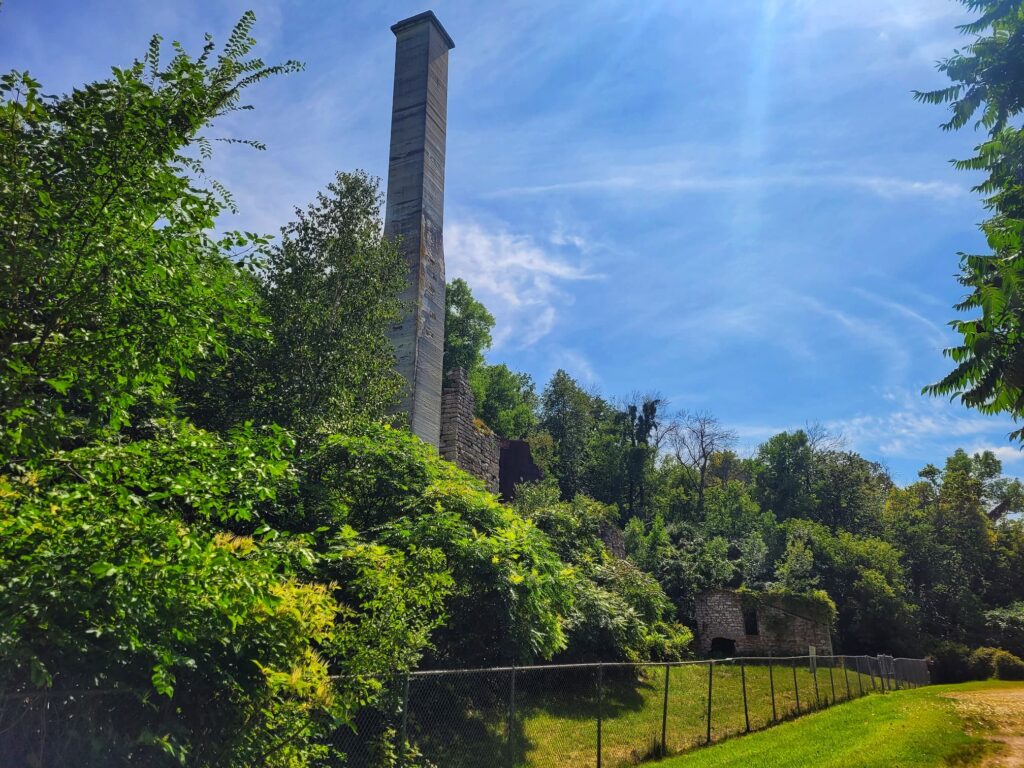
These kilns were part of the Western Lime and Cement Company which operated for a whopping 100 years between 1856-1956. Remember that dolostone Ledge I talked about before? At the top of The Ledge, the company had a quarry to harvest it. Then horse drawn carts zig-zagged down the escarpment to kilns. The stone was dropped in the top of the kilns and then baked at 2,200 degrees (F) to turn it into a powder. The powder was scooped out from the arches at the bottom of the kilns and sold as quick lime to be used in cement, plaster, and for ag.
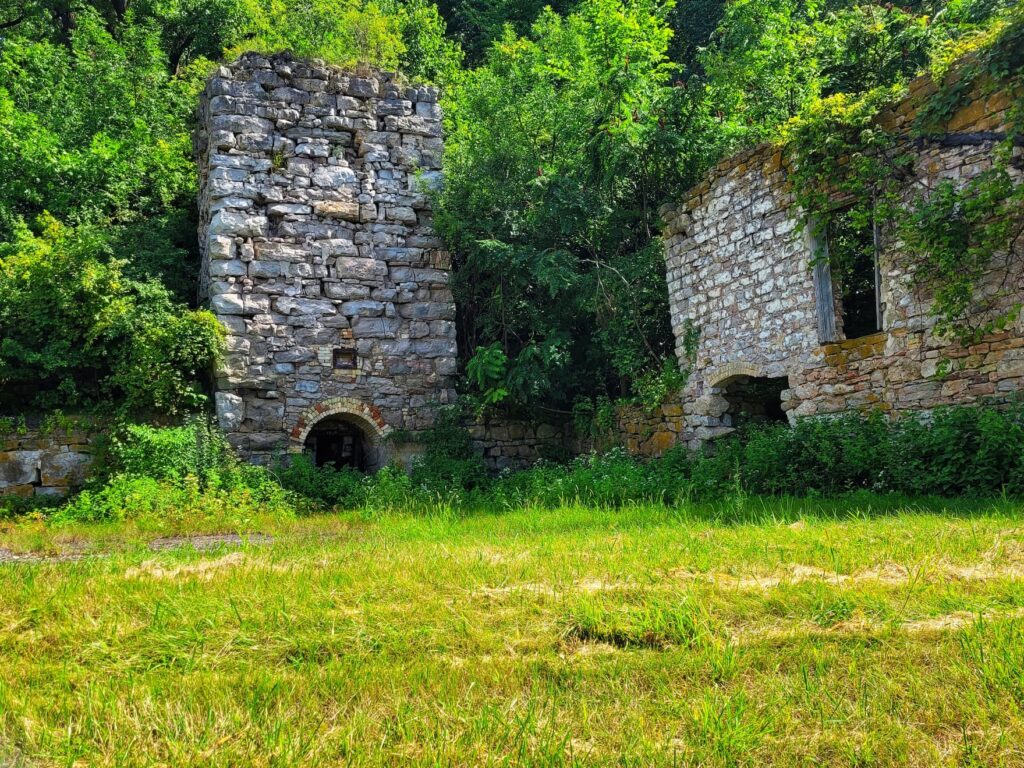
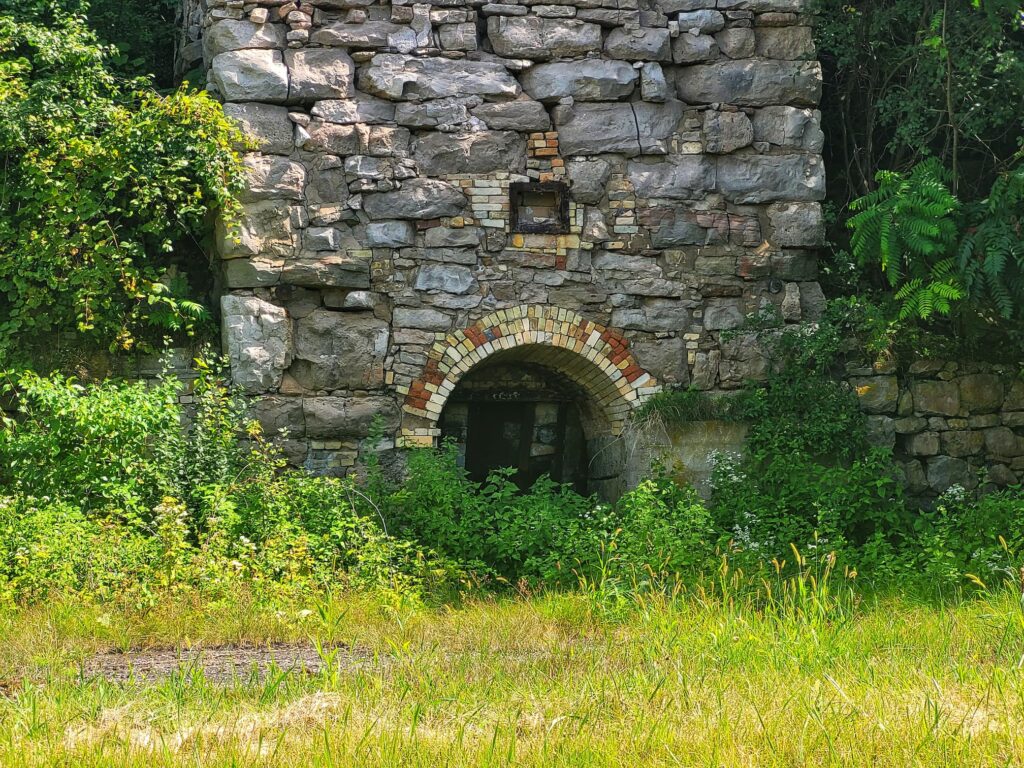

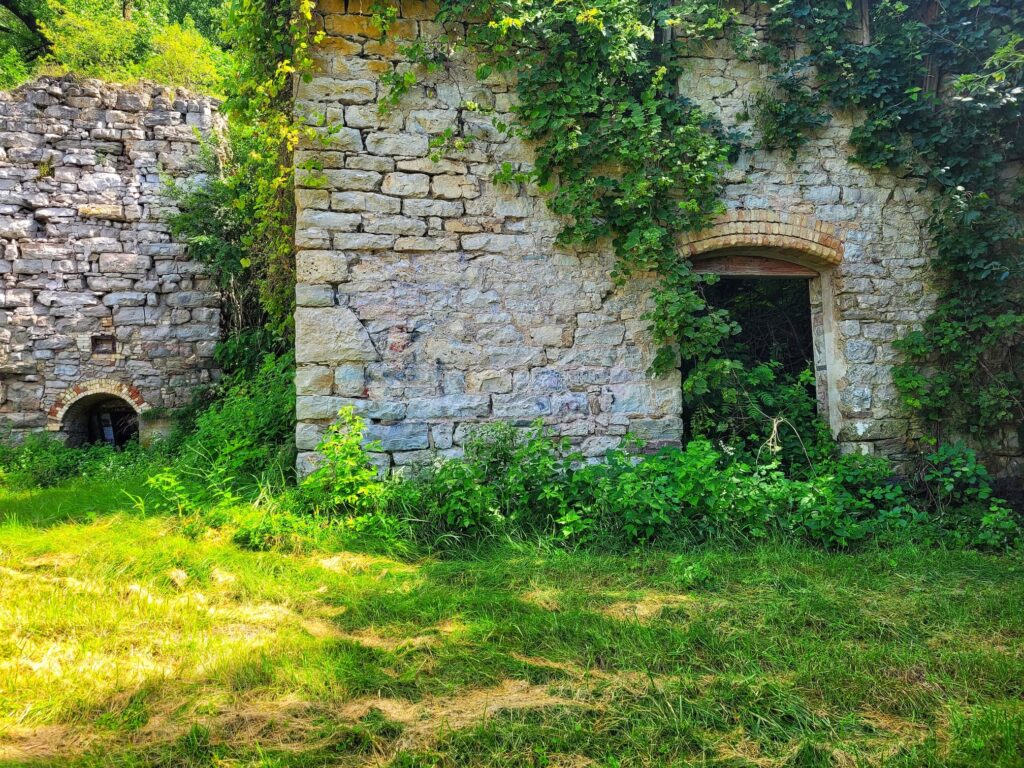
High Cliff State Park is definitely a must-do for oddity lovers. Just the mounds or the ruins would be worth a visit alone, so having so many sights in one place was amazing.




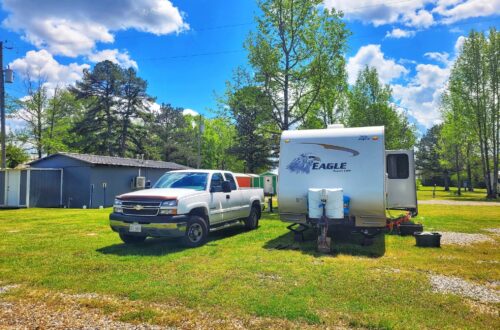
One comment on “Mounds and Ruins: A Journey Through High Cliff’s Obscure Treasures”
Comments are closed.